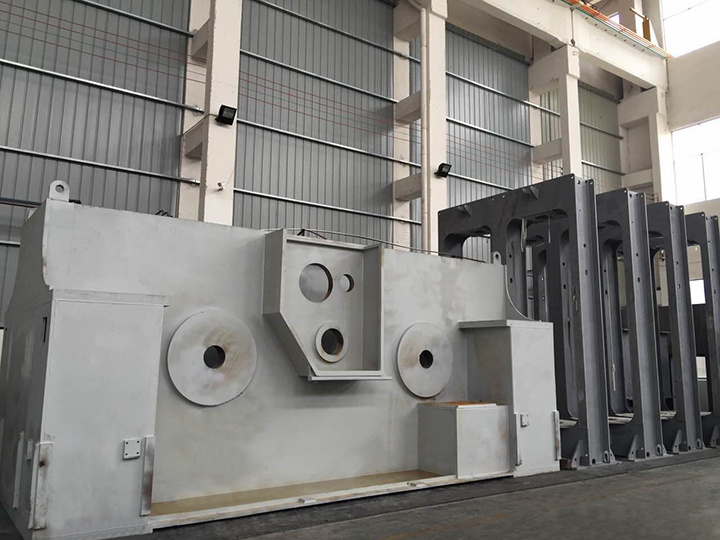-
 Call Now ! +86 13390692151
Call Now ! +86 13390692151 -
 Email Now sale@kfqizhongji.com
Email Now sale@kfqizhongji.com


Large machining refers to the process of manufacturing or modifying large parts or components with dimensions exceeding the capabilities of standard machining equipment. It involves the removal of material from a workpiece to achieve the desired shape, size, and surface finish. Large machining is commonly used in industries such as aerospace, automotive, energy, and heavy equipment manufacturing.
Why large machining is necessary?
First, it allows for the creation of complex and precise components that cannot be produced using smaller machining methods. Second, large parts often require specialized equipment and techniques to handle their size and weight. Finally, large machining enables the production of components with high structural integrity and durability, ensuring their performance under demanding conditions.
To perform large machining, advanced equipment such as CNC machines are employed. These machines utilizes computer-aided design (CAD) software to program the machining process, ensuring accuracy and consistency. For example, like cnc turning, milling, drilling, etc. The workpiece is secured to the machine, and the cutting tools, such as drills, mills, or lathes, are used to remove material and shape the component according to the specifications.

In large machining, precision and attention to detail are crucial. Extensive knowledge of materials, tooling, and machining techniques is required to achieve the desired results. Additionally, rigorous quality control measures are implemented throughout the process to ensure the final product meets the specified tolerances and requirements.
Example
In the aerospace industry, large machining is employed to manufacture critical components like airplane wings, engines casings, and landing gear. These parts are often made from high-strength materials such as titanium or aluminum alloys, and their dimensions can be several meters long. Large machining techniques are used to shape and refine these components with utmost accuracy and precision, ensuring their performance and safety in flight.
In addition to carbon steel weldments, KUNFENG Steel work with forgings and casting of many different metals and alloys in a variety of grades and tempers. Our processes are flexible and dynamic enough to handle simple shapes or geometrically complex forms. Also, we have a comprehensive range of additional capabilities, from design engineering to product assembly, finishing and everything in between to meet the needs of your production part or project.